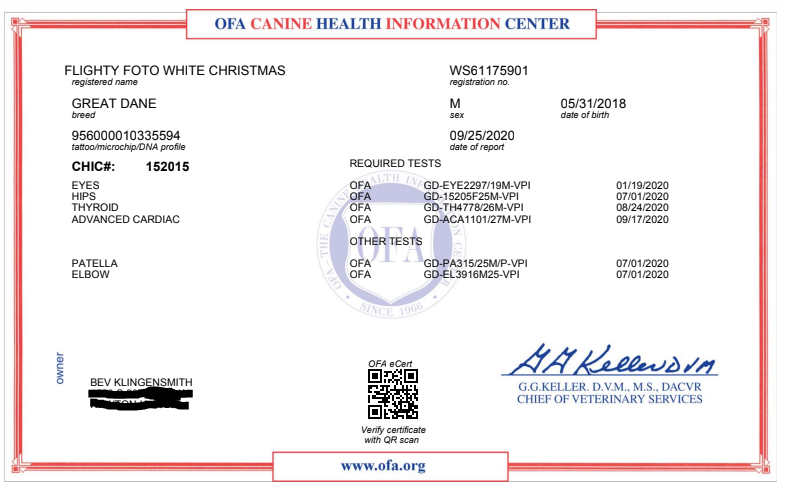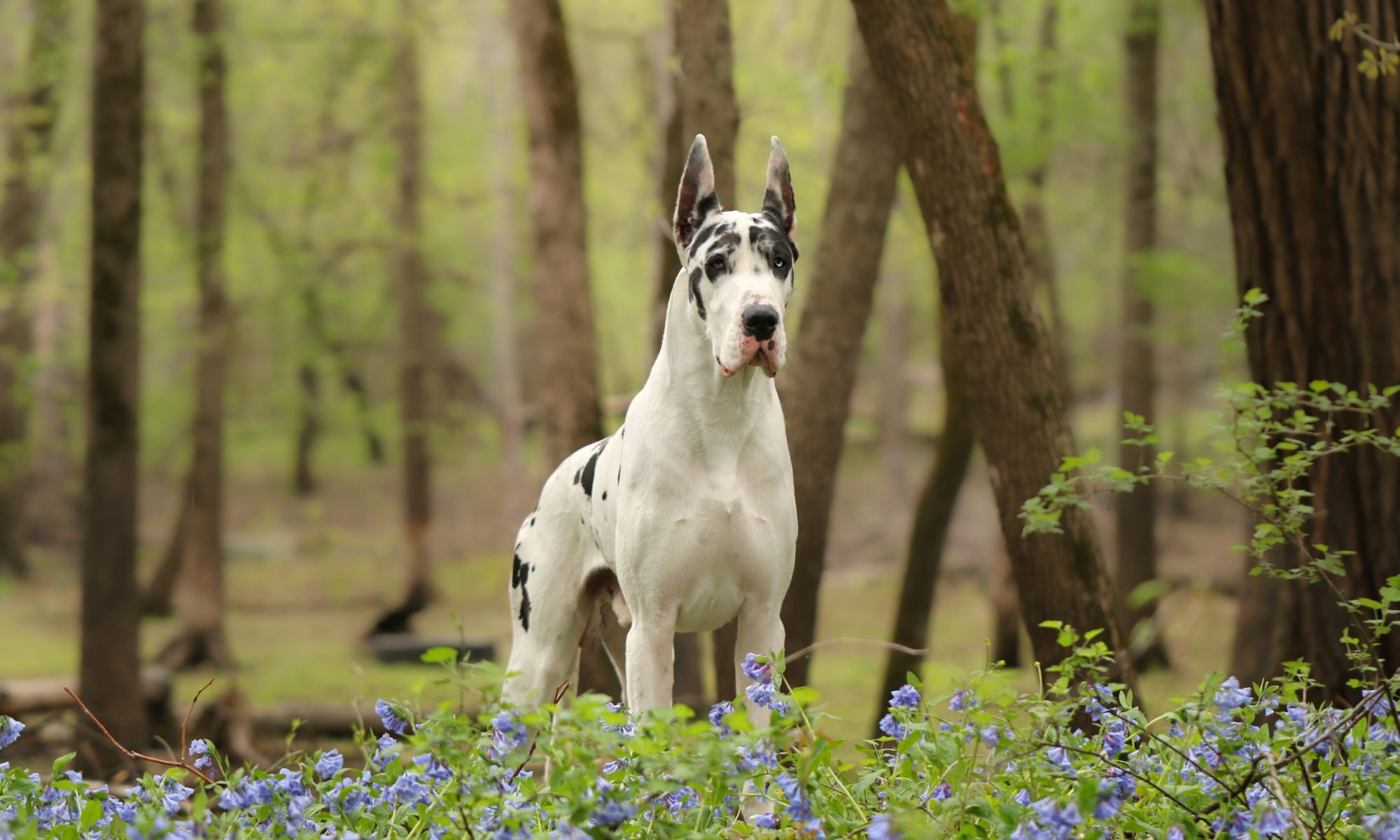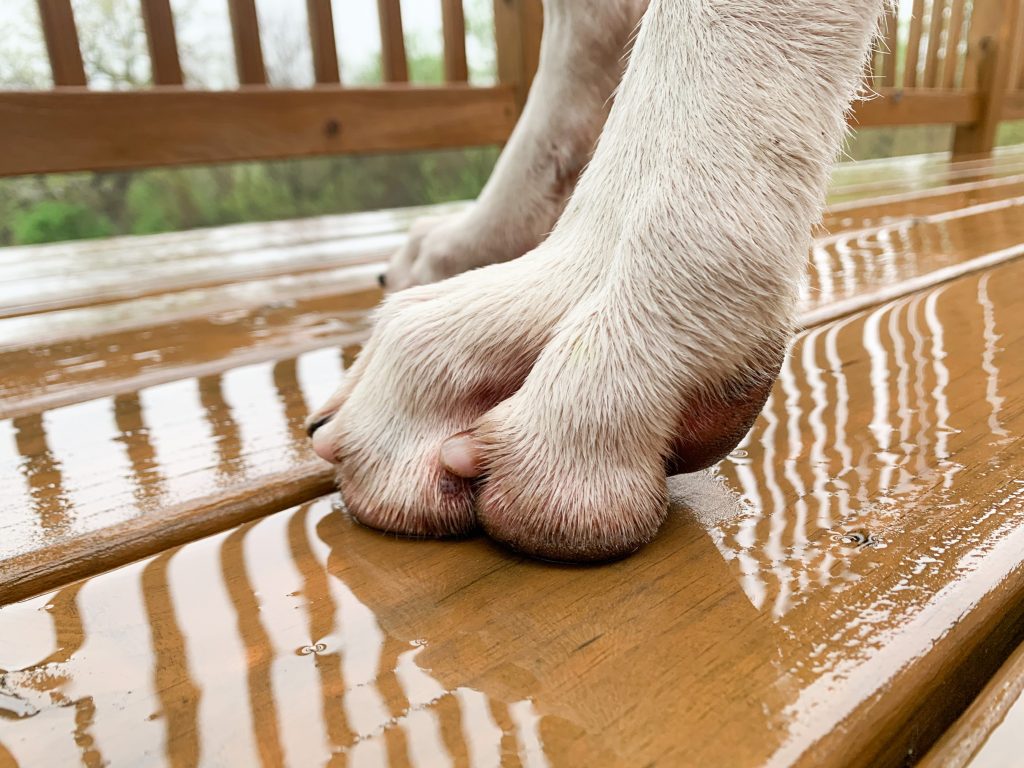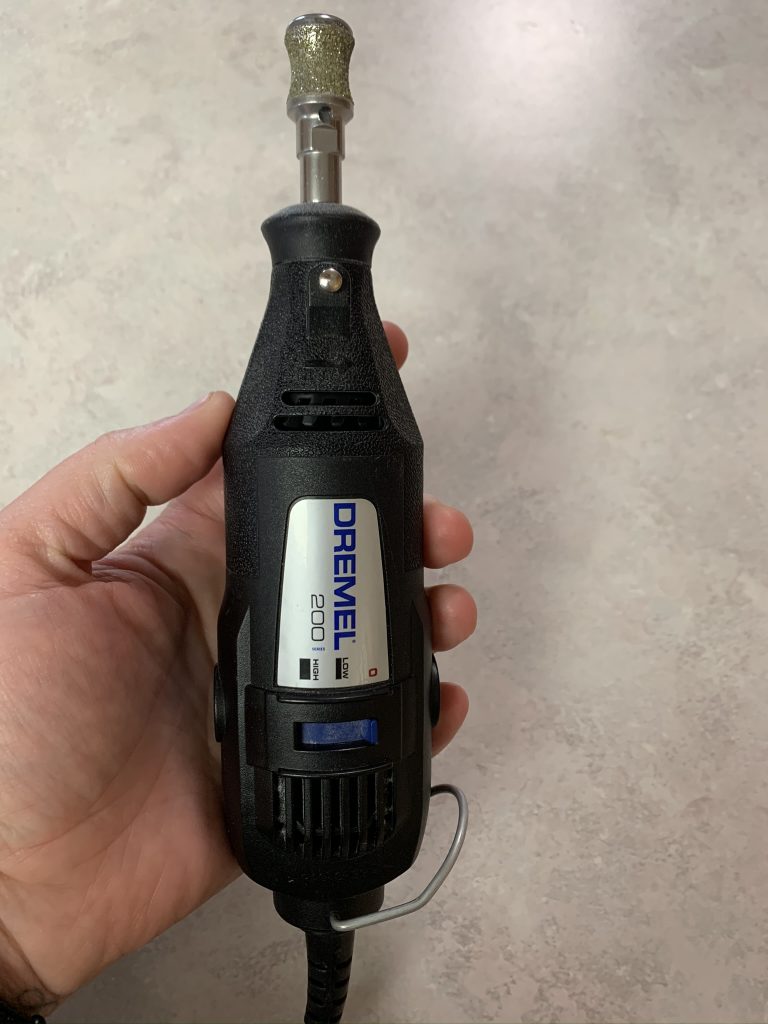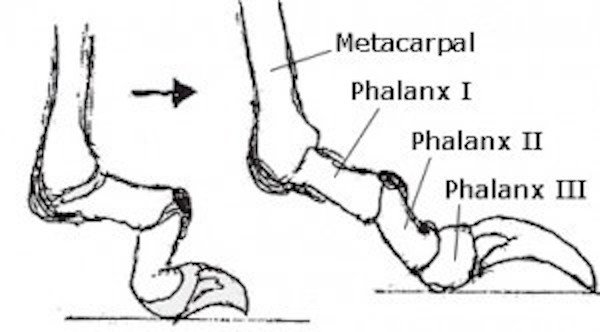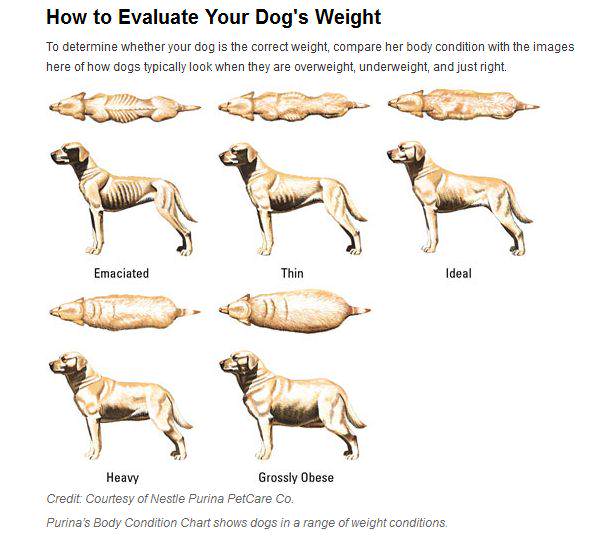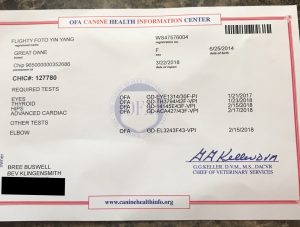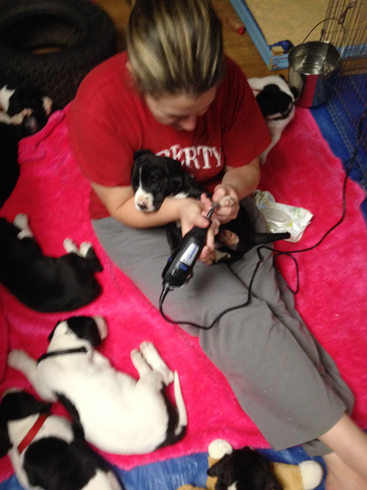I used to believe that being a responsible pet owner meant diligent annual vaccinations. I now realize that it is unnecessary and even potentially harmful.

I’ve used a limited vaccine protocol for over 10 years now. I vaccinate for parvo and distemper at 8-9 weeks old, 4 weeks later and then a third, and final, booster at a year old.
Wait until the puppy is at least six months of age before vaccinating for rabies. A rabies booster is then required 12 months later. After that, I vaccinate every three years for rabies (per Iowa law).
Note: Never give a rabies shot at the same time as other boosters – space them out by at least two weeks. Completely avoid 5- or 7-way combo shots (which many vets push). The combo shots are risky for multiple reasons. Read about the risk of combo shots.
I do not give any other vaccines throughout the life of the dog. Over-vaccination can be detrimental to your dog’s health. Challenge studies have indicated parvo and distemper vaccinations give animals 5-7 years of immunity, possibly longer. So, not only are repeated jabs most likely unnecessary, they also carry a health risk.
I was vaccinating for bordetella (kennel cough) annually, however the last time my dogs received the intra-nasal bordetella vaccine, Skyy suffered a reaction. It turned out to be relatively minor (in hindsight; it did not seem that way when I was making an ER vet trip in the middle of the night), but it has made me nervous. I’m still on the fence about using this in the future.
In lieu of vaccinations, I utilize titers. A titer checks for antibodies present in the blood, which signifies the immune response level. To titer, your vet simply needs to draw a small sample of blood and send it to an appropriate lab, like ANTECH (some vets might handle titers in house). The results come back within a few weeks. In the years that I’ve been titering my dogs, the results have always come back strong, showing an appropriate immune response level.
The lab will dilute the sample of blood to determine the titer levels. The number of times the sample can be diluted before no antibodies can be detected are read as ratio’s. If the sample can be diluted 100 times, still showing antibodies, the resulting ratio would read 1:100. So, the higher the number, the stronger the titer.
My results from ANTECH Diagnostics state, for both parvo and distemper: “A titer of 1:5 or greater, with no clinical signs, indicates immunologic response to vaccination. A titer of less than 1:5 indicates poor immunologic response to vaccination.”
Both of my girls results, for both parvo and distemper, were listed >1:5, showing appropriate immune response levels.
If titer results are weak, it doesn’t necessarily mean the dog needs a booster shot. Read more about weak titer results.
The titers are used for “proof of vaccination”, for when my dogs attend training classes, are boarded, etc. This is actually the primary reason I titer, as there isn’t concern on my end regarding lack of immunity. Just need proof that the lack of vaccinations isn’t done out of neglect and my dogs carry an appropriate immune response level so they are not at risk.
Just had titers ran on my two dogs. It was $57/dog for a set of parvo/distemper titers, so I walked out of the vet’s office paying $114 total. This is more than shots, but this way my dogs are not subjected to something potentially harmful.
